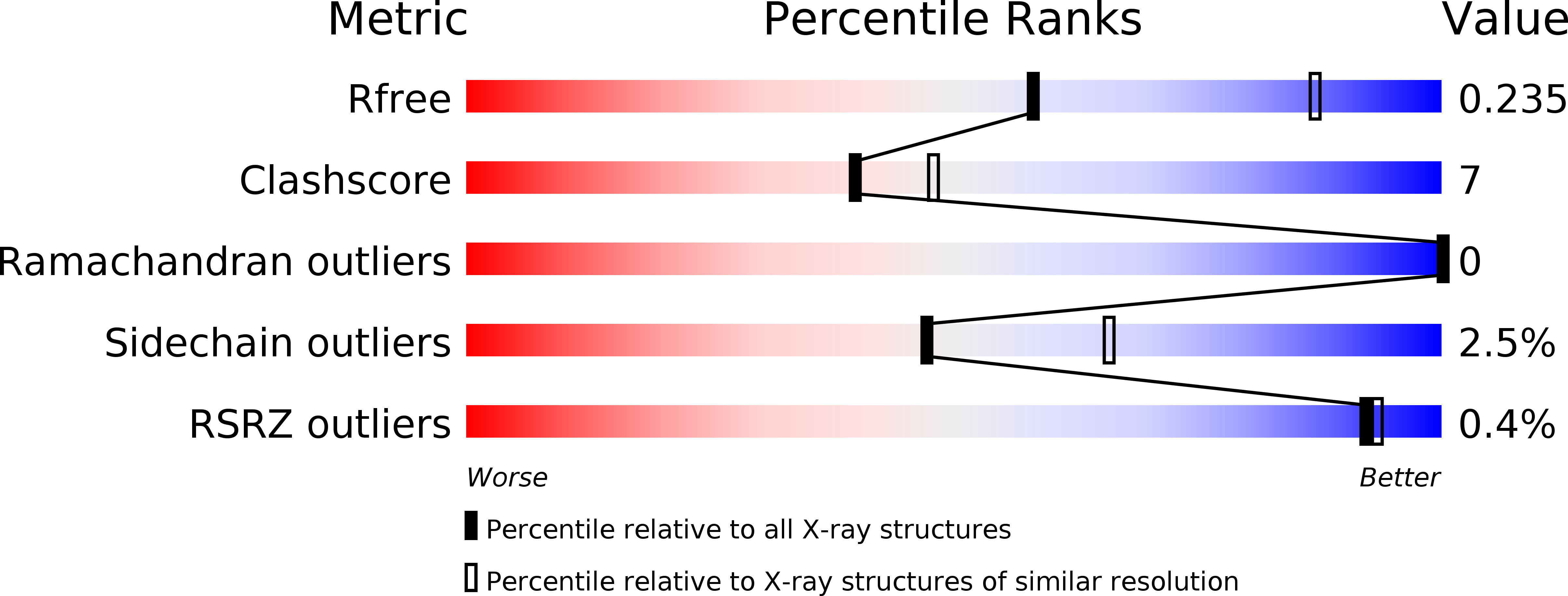
Deposition Date
2015-08-03
Release Date
2015-12-09
Last Version Date
2024-03-06
Method Details:
Experimental Method:
Resolution:
2.65 Å
R-Value Free:
0.23
R-Value Work:
0.19
R-Value Observed:
0.19
Space Group:
P 3


